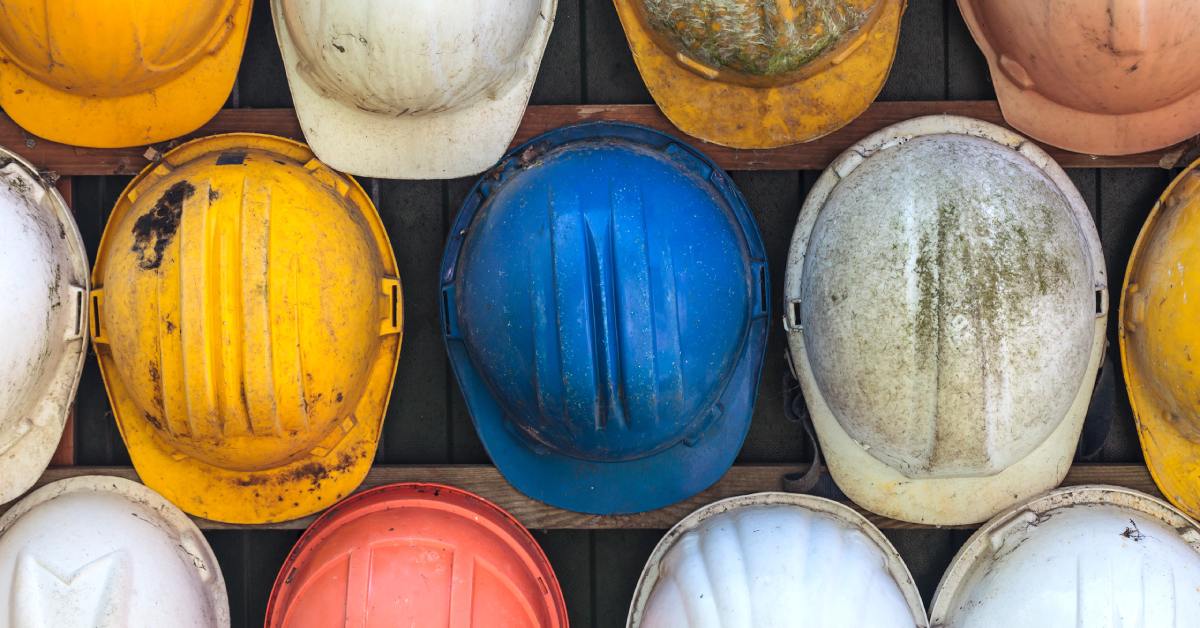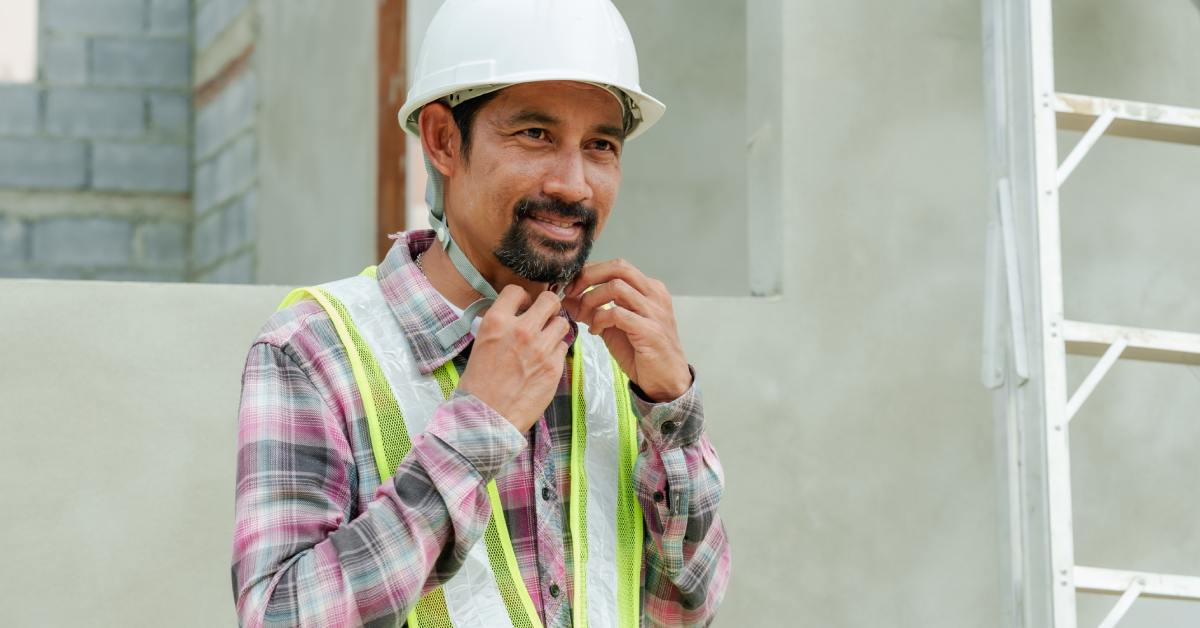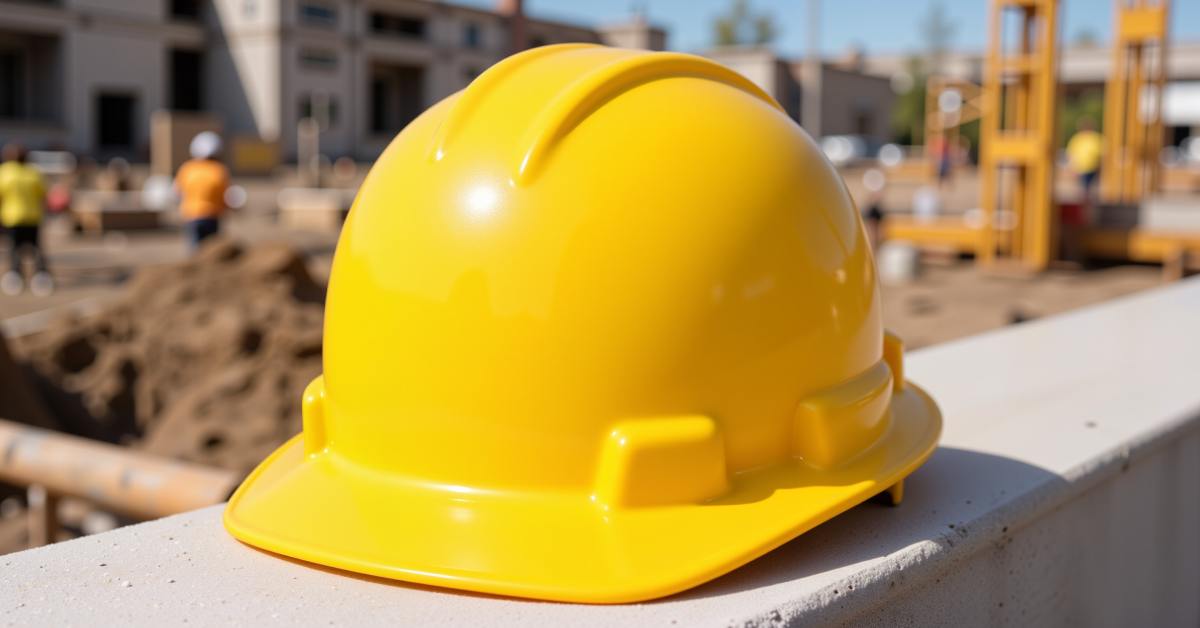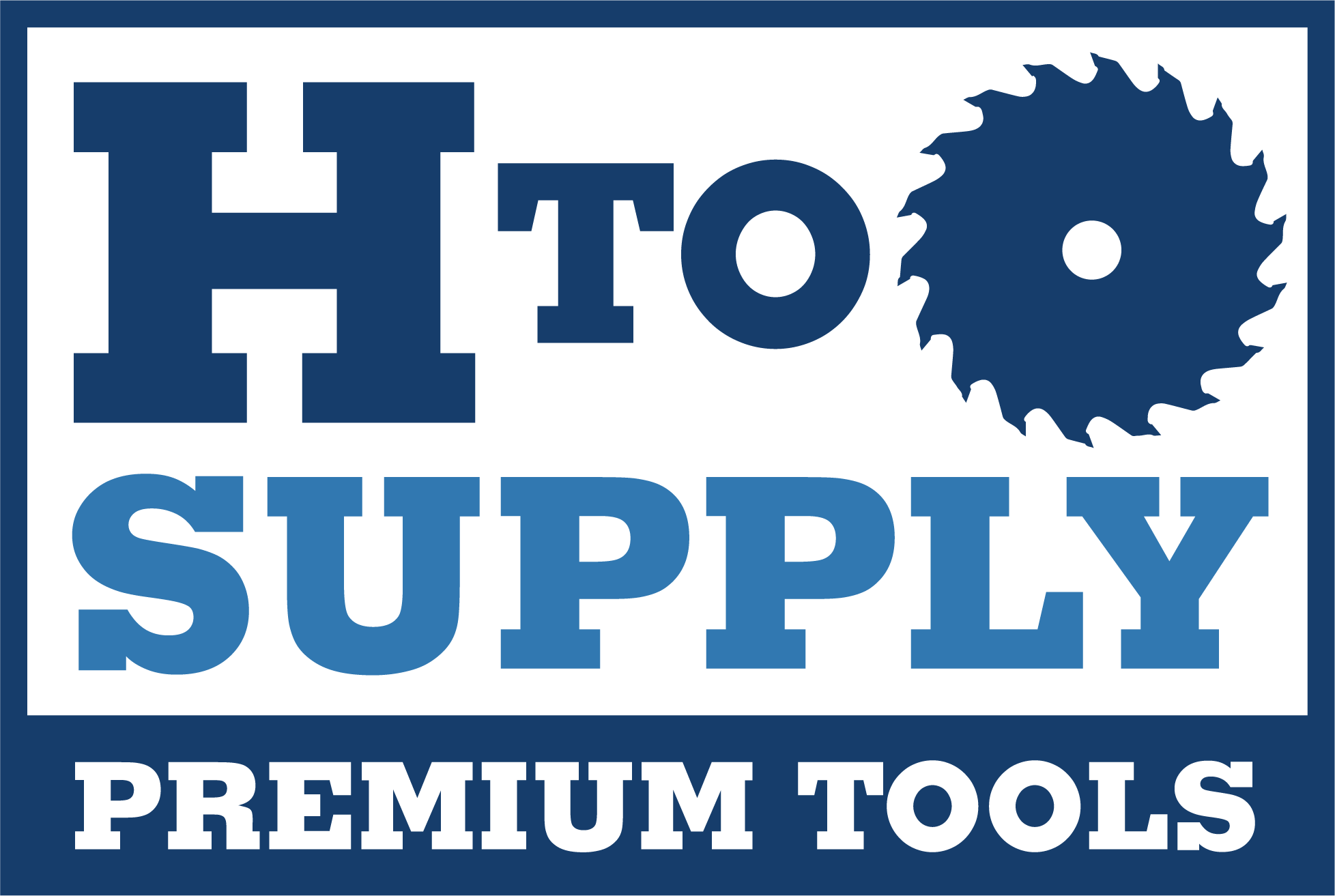5 Signs You Should Replace Your Hard Hat Right Away

Working in construction or any industry that relies on safety helmets makes your hard hat your first line of defense. But how do you know when it’s time to replace this essential piece of equipment? Hard hats don’t last forever, and overlooking their wear and tear can put you at risk. Luckily, recognizing the signs you should replace your hard hat right away can help you act before it compromises your safety.
Visible Damage
Your hard hat faces daily wear from harsh conditions, impacts, and constant use. Over time, this wear reduces its ability to shield you from hazards.
Cracks and punctures compromise the structural integrity of your hard hat. Physical impacts like falling tools or debris, even if they seem minor, can create small fractures invisible to the naked eye. Run your hands across the shell to identify any rough textures, splits, or punctures. For example, a tool falling from scaffolding may leave what appears to be just a scratch, but underneath, the material could weaken. Immediate replacement ensures the hard hat will still absorb and distribute impact effectively.
Additionally, a fading hard hat may indicate less strength because prolonged sunlight exposure breaks down the material, leaving it brittle and chalky. This is particularly common for those working outdoors, like on construction sites or road crews. If you notice uneven fading or discoloration, it’s a sign the shell is deteriorating.
Lastly, a brittle or warped exterior indicates physical or chemical damage. You can test this by gently applying inward pressure with your hands on the sides of the shell. A strong shell will spring back effortlessly. However, if it feels softer than normal or doesn’t return to form, it has already lost some of its protective properties. Workers exposed to high temperatures or harsh chemicals, such as those in industrial cleaning or metal forging, should conduct this test regularly since these factors can accelerate degradation.
Issues With the Suspension System
You should replace your hard hat right away if you have issues with the suspension system. The system absorbs and spreads out the force of impacts, ensuring your head remains safe. A compromised system can turn a functional hard hat into a hazard.
Frayed or Torn Straps
Suspension straps endure constant tension and exposure to sweat, grime, and sun. Over time, this causes fraying, tearing, or even snapping of the material. Straps with frays or holes can no longer distribute force effectively, putting you at unnecessary risk.
For instance, imagine snagging a strap on a sharp edge during a busy workday. It might seem fine at the moment, but the strain could lead to eventual tearing. Check these straps routinely and replace them at the first sign of wear.
Missing or Damaged Connectors
The suspension system depends on secure connections between its points and the hard hat shell. Missing or cracked clips, pins, or attachment points disrupt this structure. Check each point where the suspension joins the shell. Gently pull on the straps and connections to ensure they are firmly in place.

Loss of Shape or Fit
A secure fit keeps your hard hat in place during active or critical situations. Over time, suspension straps stretch and lose their snug fit. Frequent adjustments during a shift worsen this issue. A poor fit will fail to remain stable during movements such as bending or climbing, increasingly risk as the work shift continues. Test the fit daily. Loose straps, even after adjustments, translate to reduced efficiency.
Replacing Just the Suspension System
If the shell stays in good condition, replace the suspension system to restore your hard hat’s functionality. Ensure compatibility between the shell and suspension system. Manufacturers test these components together to meet safety standards. Mixing different brands or parts invalidates certifications and increases risk. Follow the manufacturer’s guidelines when replacing components and order OEM (original equipment manufacturer) parts to maintain compatibility.
Impact or Heavy Blow Damage
Your hard hat can only protect you to a certain point because it has an impact threshold. Meaning a single heavy blow or repeated smaller impacts can weaken its structure. Hits from falling debris or heavy tools at a construction site, for example, might leave no visible marks but may still cause hairline fractures that weaken the shell.
These fractures can reduce the hard hat’s ability to absorb future impacts. Relying on a damaged helmet in hazardous environments leaves you vulnerable. If your hard hat endures any incident involving a heavy object, you should replace it to maintain adequate protection.
Manufacturer Guidelines on Impact
Many hard hat manufacturers issue explicit instructions to replace helmets after significant impacts, regardless of visible damage. These guidelines account for structural weaknesses that inspections might overlook. Always check the safety instructions or printed labels inside your hard hat for manufacturer-specific recommendations. Being proactive and following these instructions can save lives on the job.
Expired Hard Hats
Though durable, safety hard hats have a limited lifespan. Everyday exposure to harsh environments, weather conditions, and heavy use causes materials to degrade over time. Using hard hats beyond their expected shelf life compromises protection, making regular replacements essential.
Hard hat manufacturers typically print expiration dates or manufacture dates inside the shell. These dates provide clarity about its lifecycle. Suspension systems within the hard hat wear out more quickly than the shell and need replacing every 12 months.
The shell itself typically lasts between two to five years, depending on environmental conditions and usage. Inspect the printed dates during your routine checks to avoid exceeding these timeframes.
Additional Considerations Regarding Expiration
Environmental factors significantly impact how long hard hats remain functional. Direct sunlight and extreme temperatures weaken hard hats faster, shortening their replacement intervals. Tough conditions accelerate wear, so replace your hard hat at the first sign of damage, even before the expiration date.

Misuse and Improper Care
Your hard hat’s protective capabilities depend on how well you maintain and handle it. Even without visible damage, misuse shortens its effective lifespan, exposing you to unnecessary hazards.
Maintaining your hard hat involves regular cleaning, but using harsh cleaning products does more harm than good. Abrasive detergents or solvents compromise the material’s integrity, making it brittle or prone to cracks.
Instead, wash the shell and suspension with warm, soapy water. For tough stains, use a soft brush or sponge rather than scouring pads that cause scratches. Dry the hard hat with a clean cloth or allow it to air-dry in a cool location.
Moreover, misuse often happens unknowingly, especially in fast-paced or physically intense work environments. Sitting on your hard hat or using it to carry items creates stress on the shell that reduces its lifespan. Tossing it into toolboxes with sharp objects introduces potential nicks or punctures. Staying mindful of how you treat your hard hat ensures it remains ready to protect you. A mistreated or improperly maintained hard hat is worth replacing. Treat the next one like the safety barrier it is.

Recent Comments